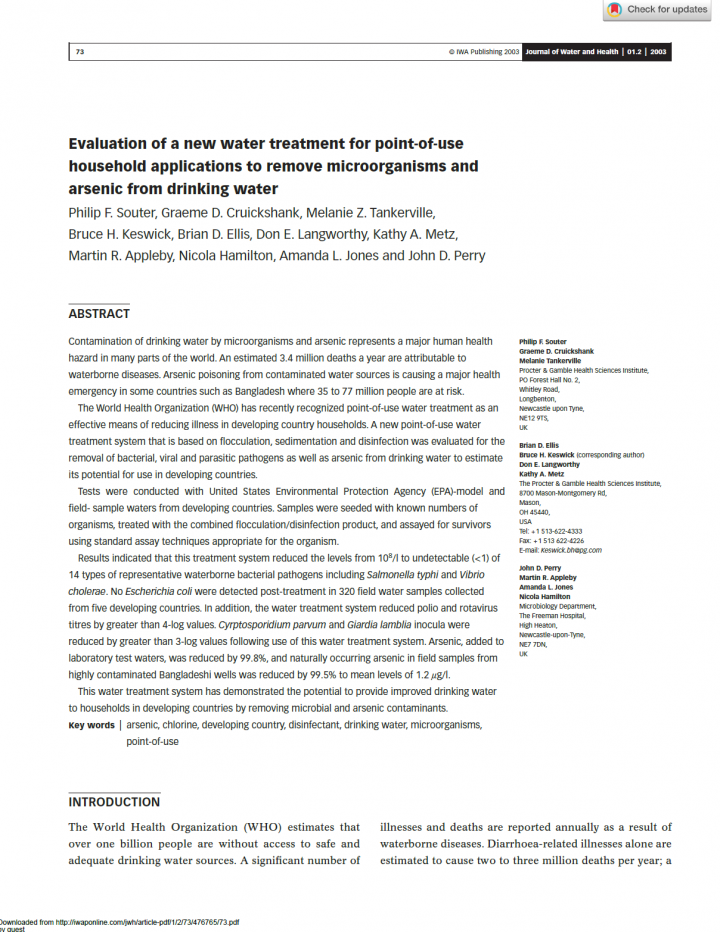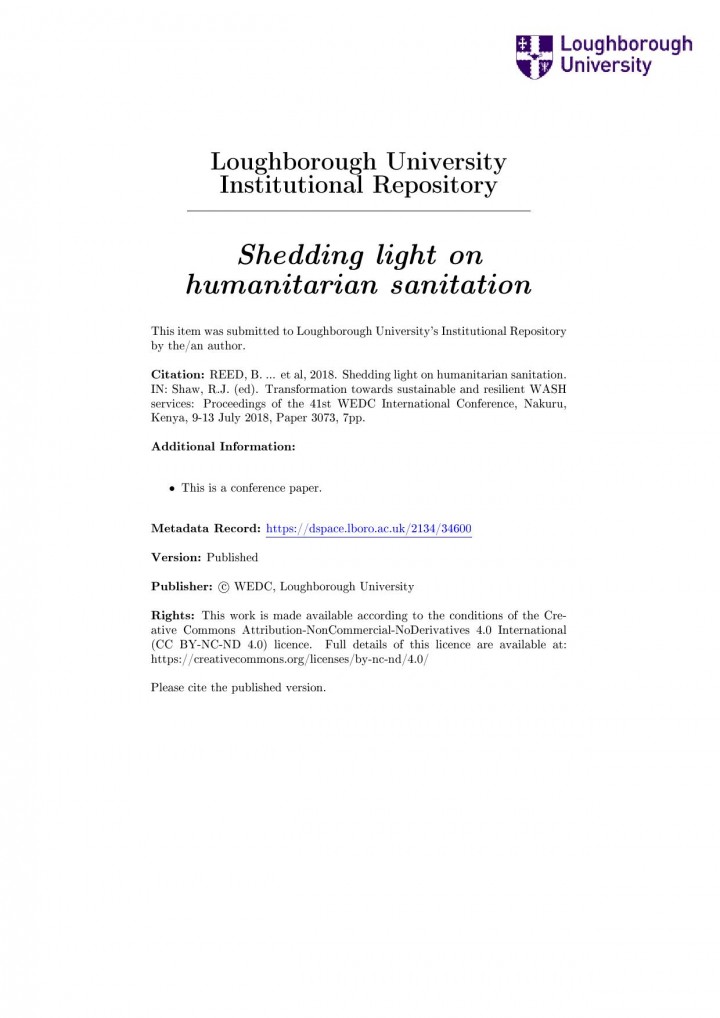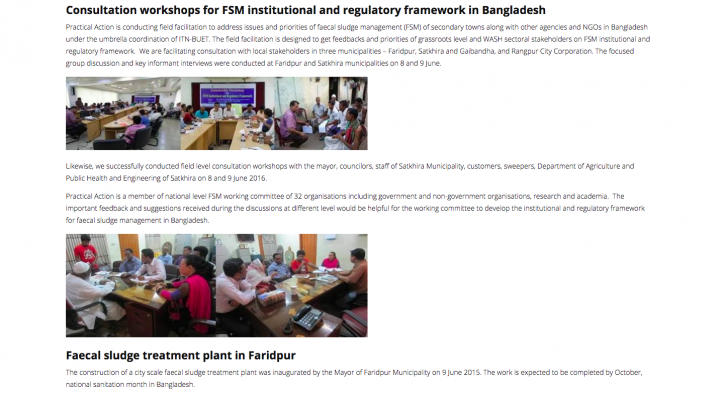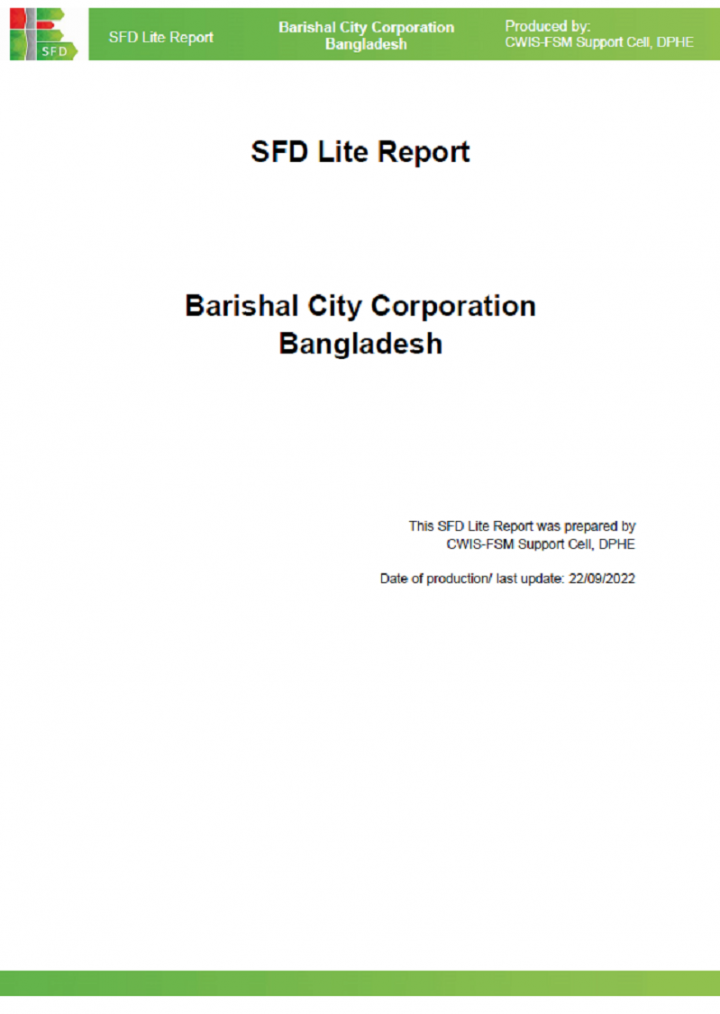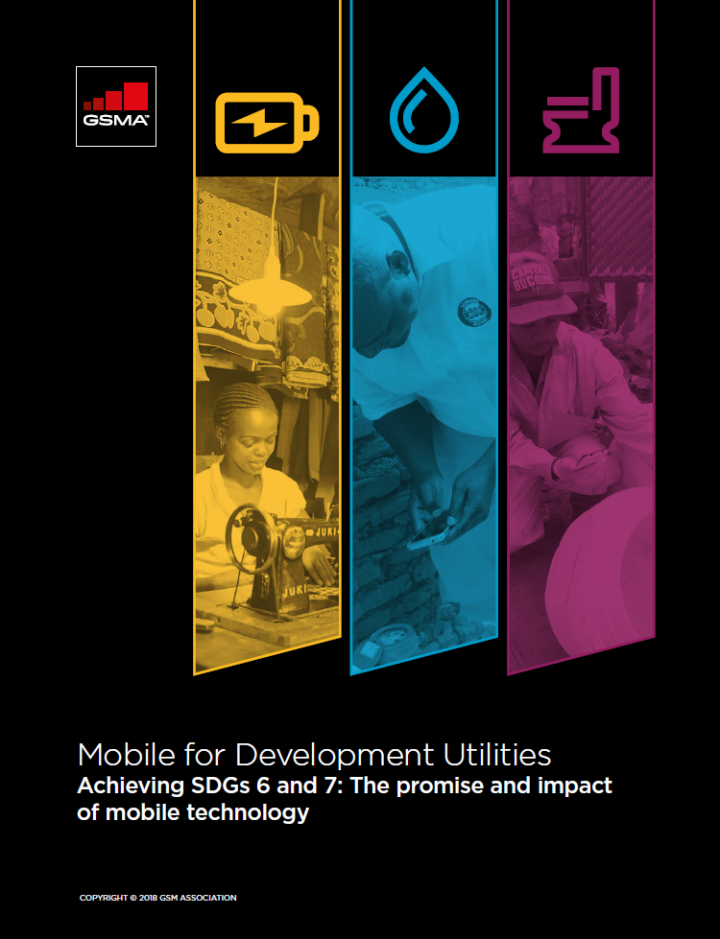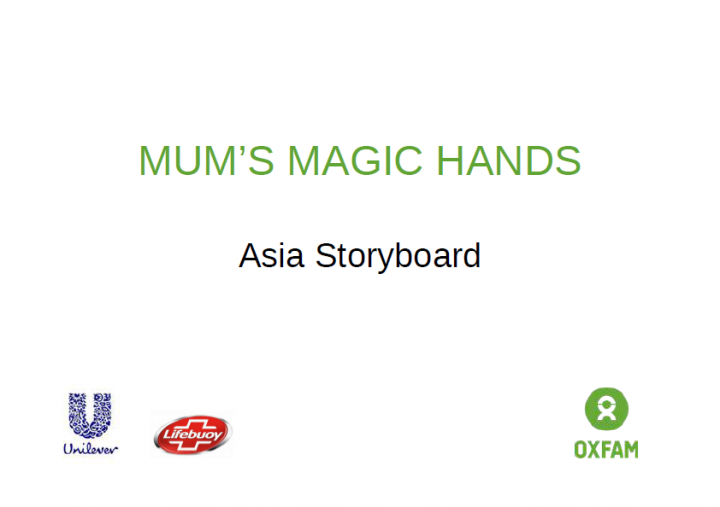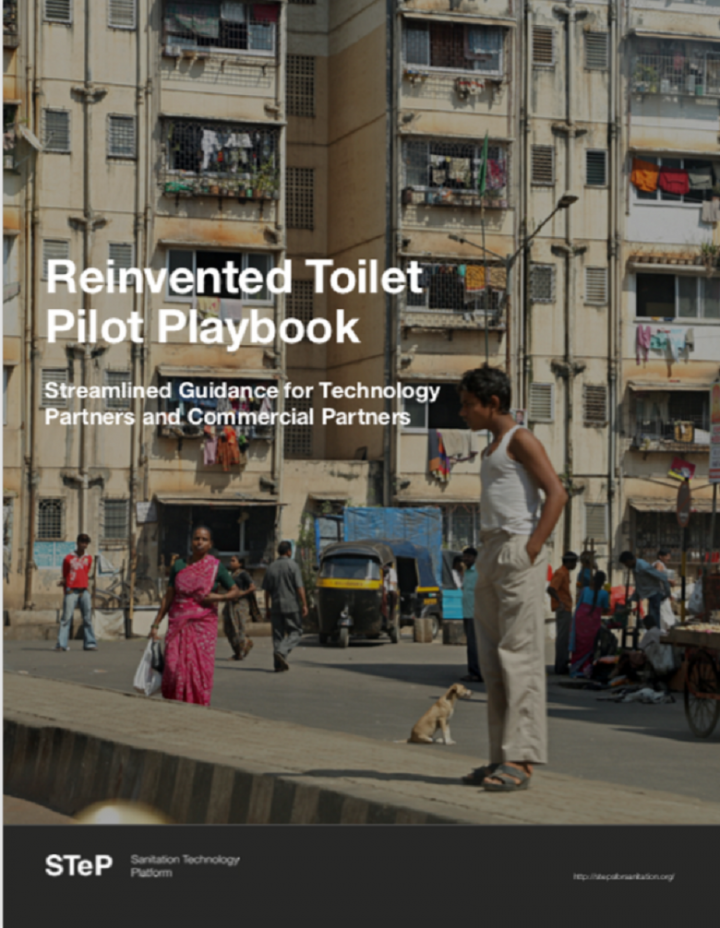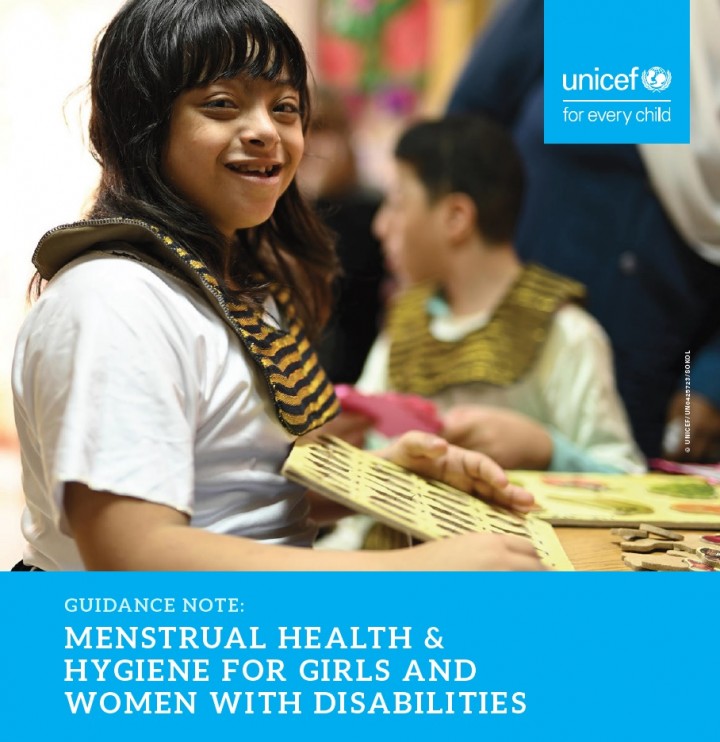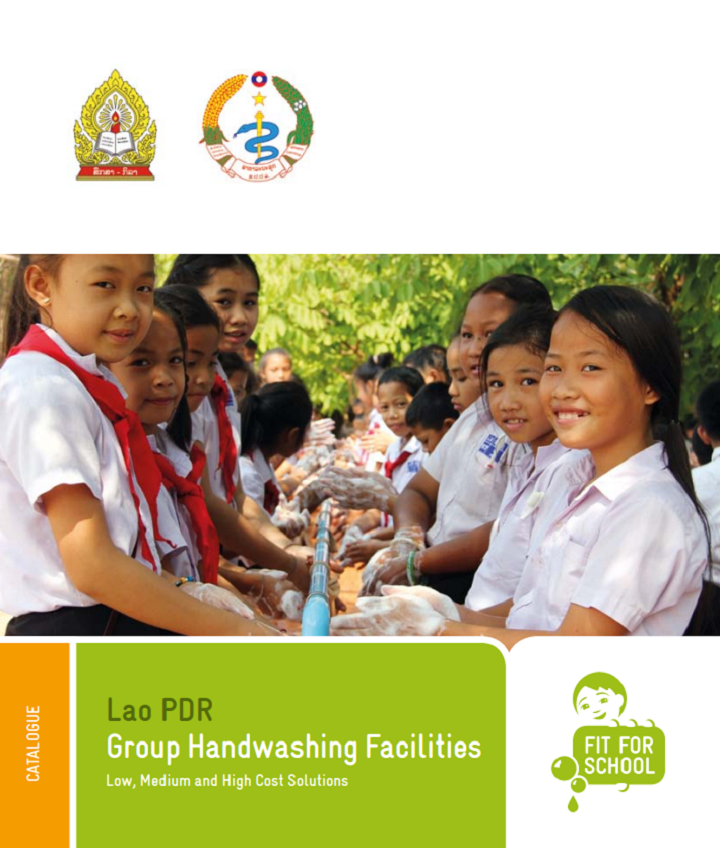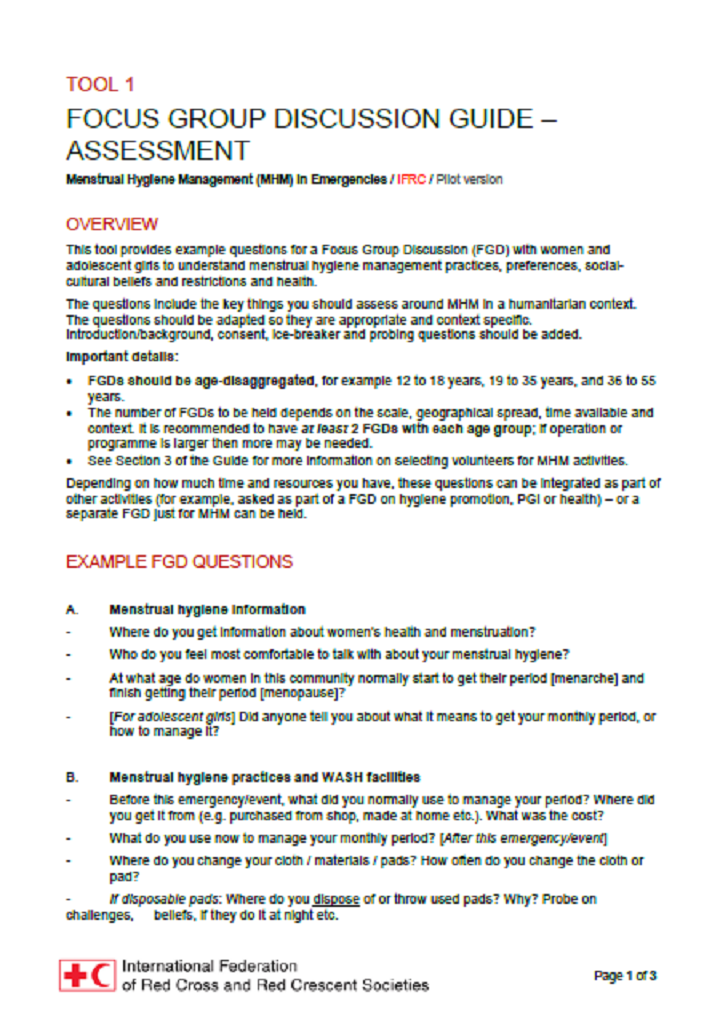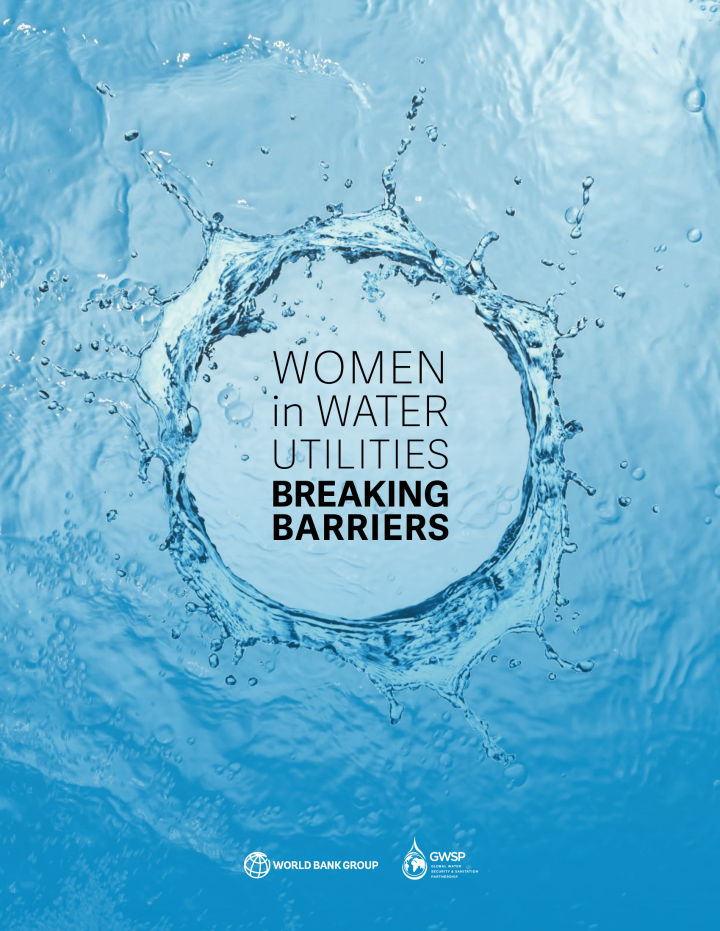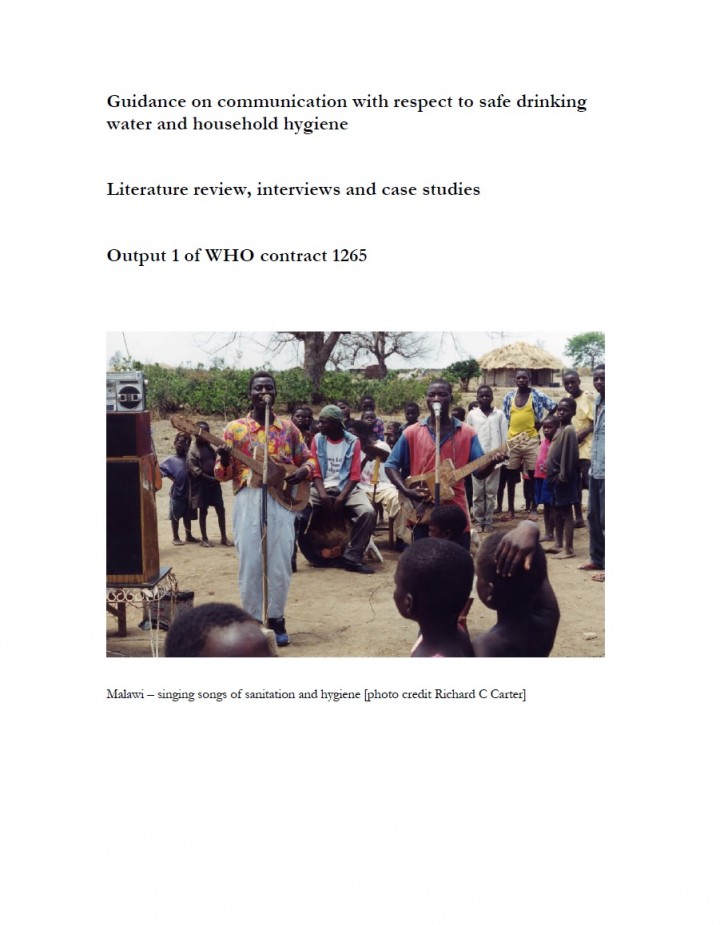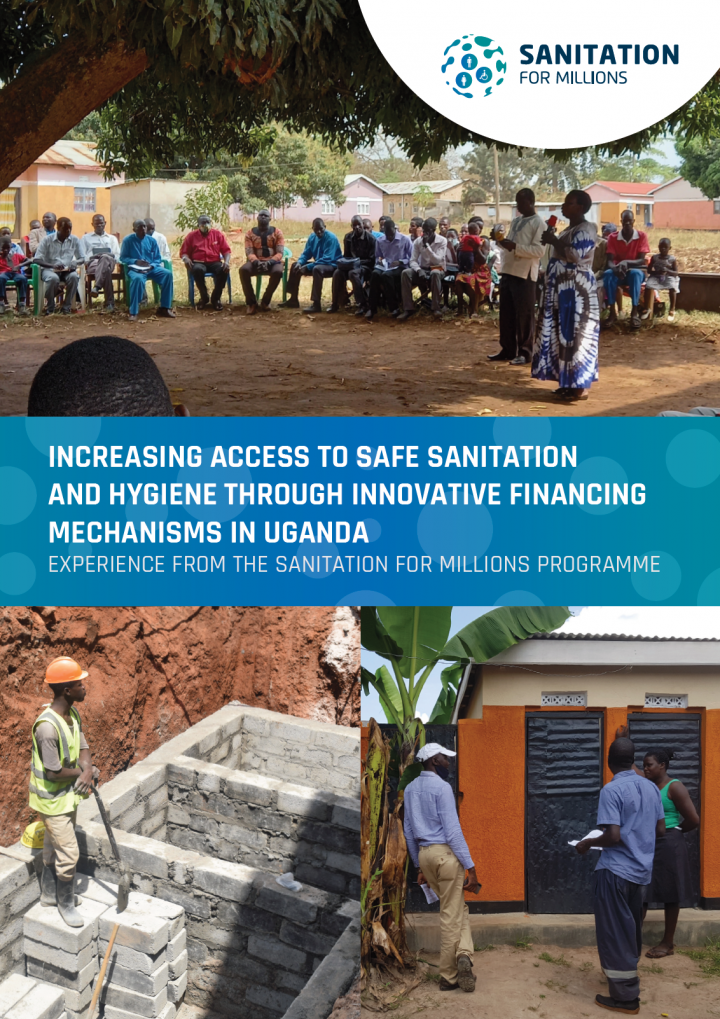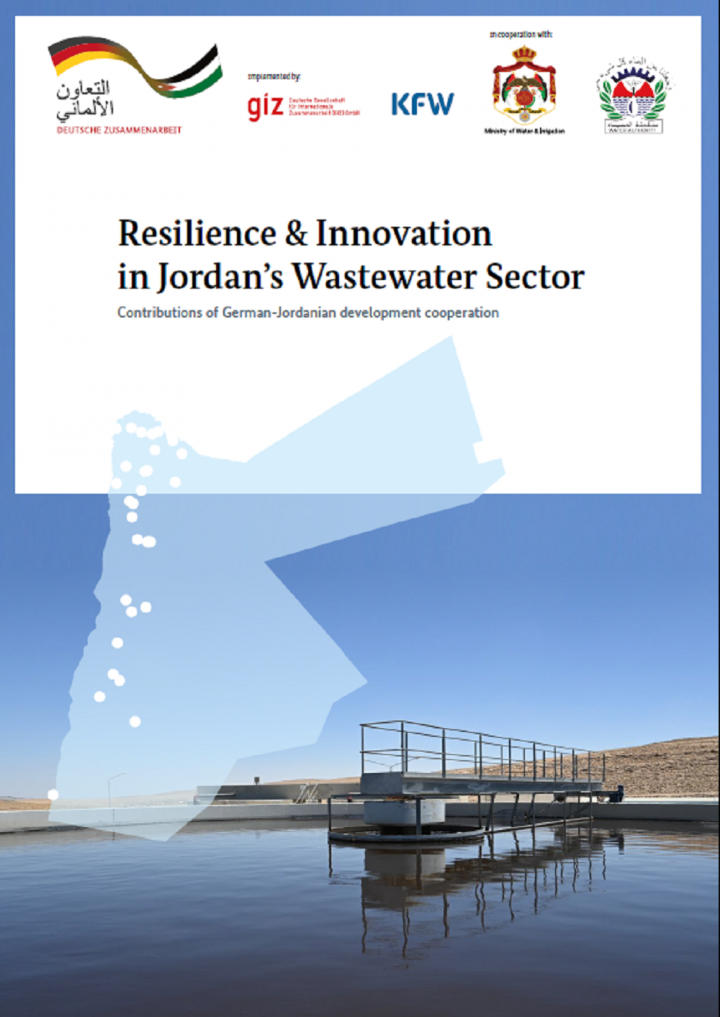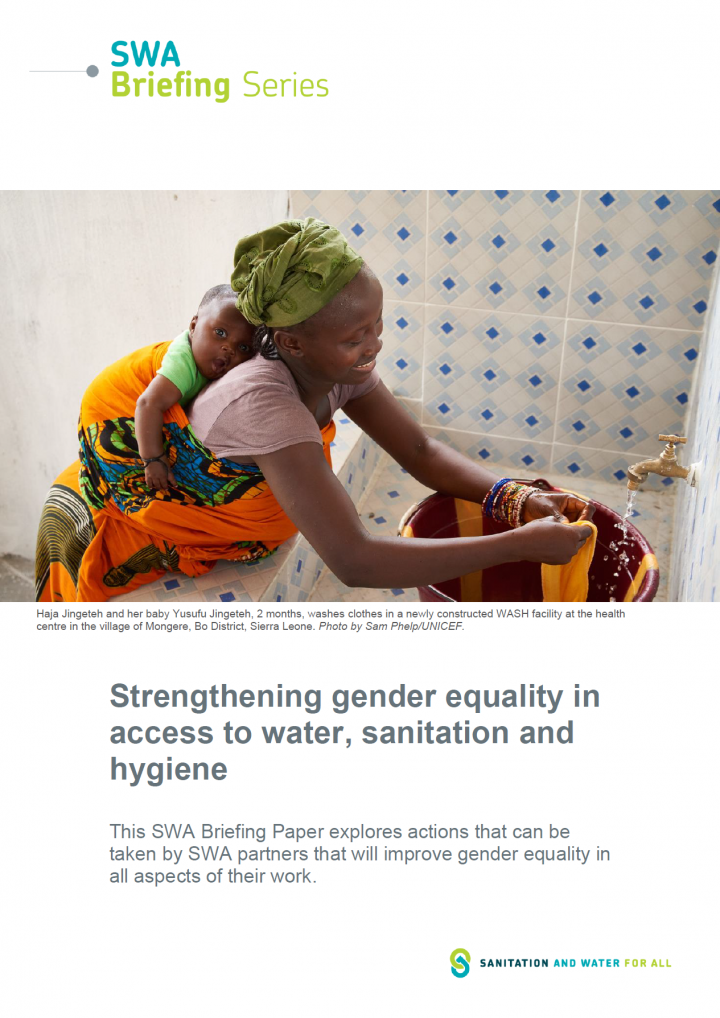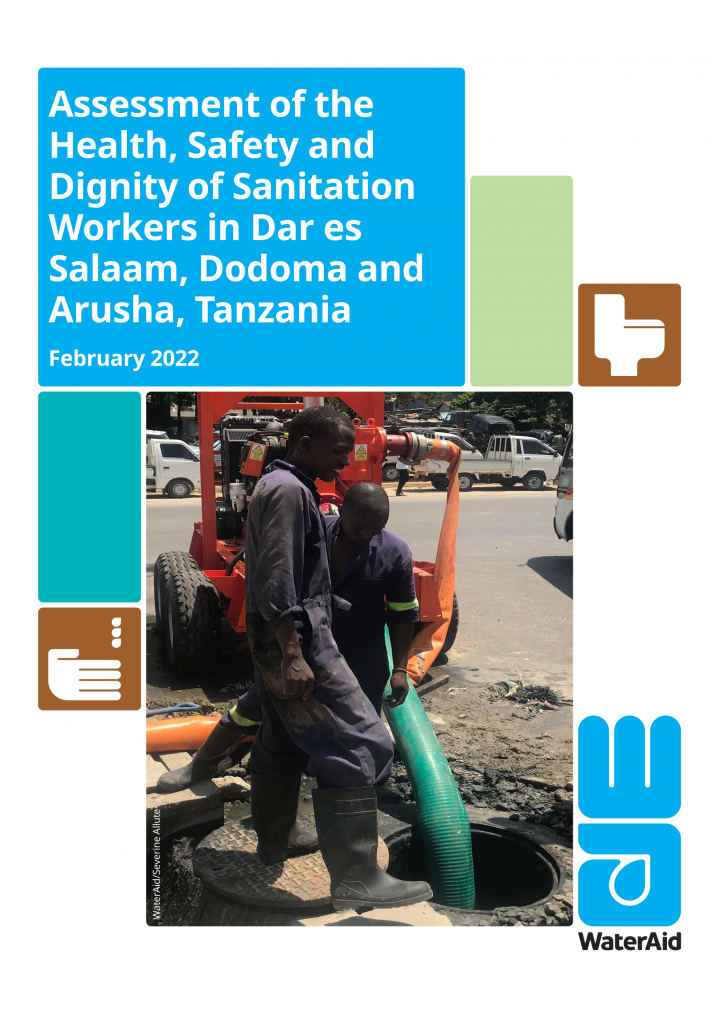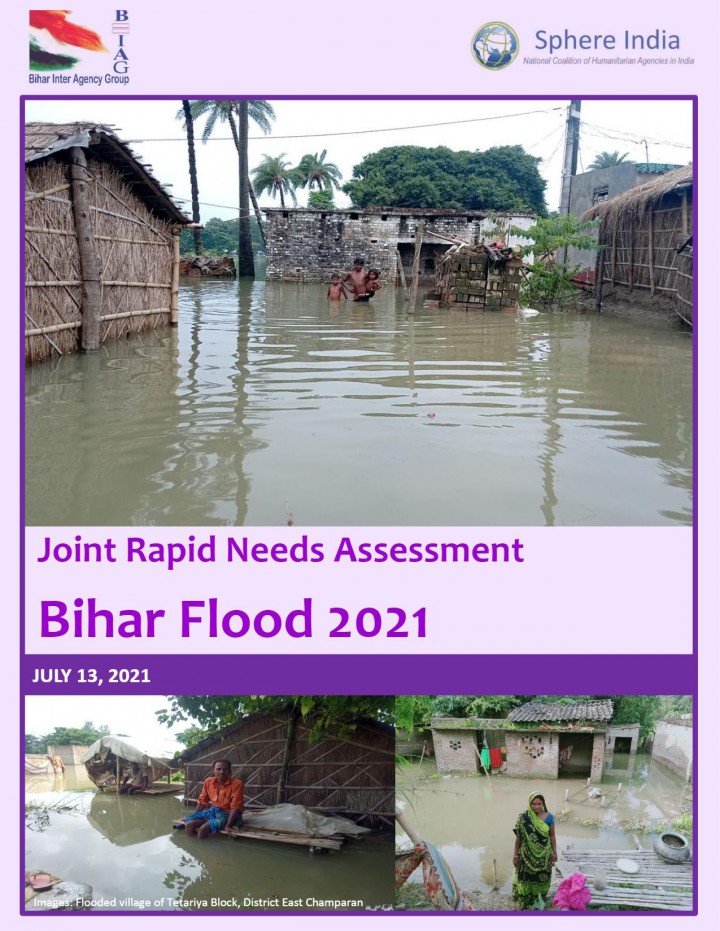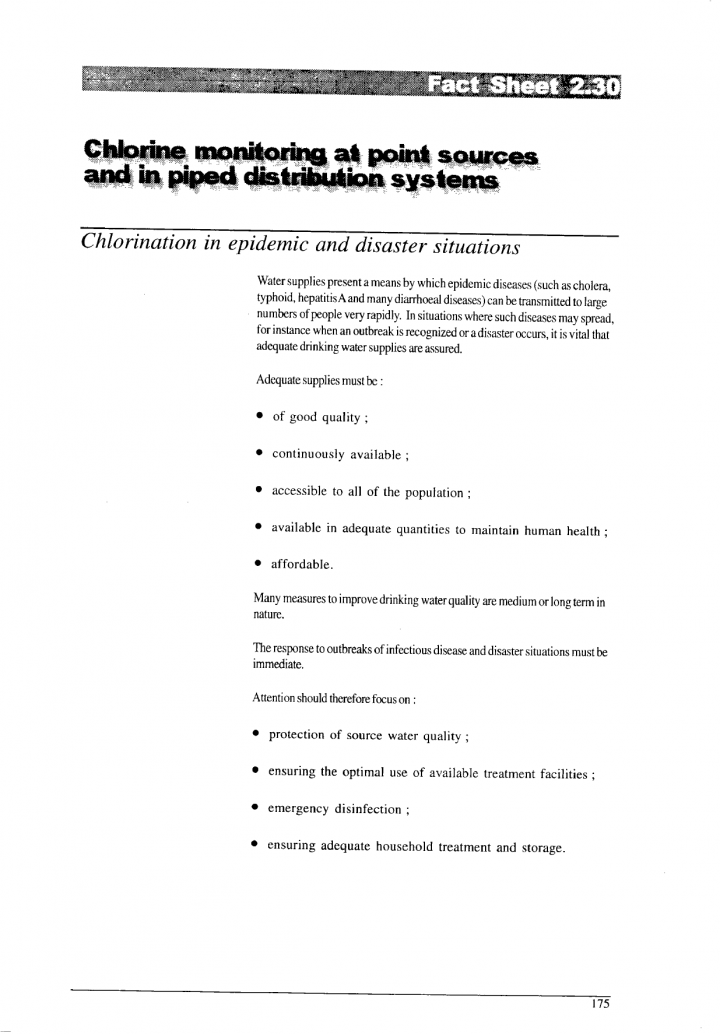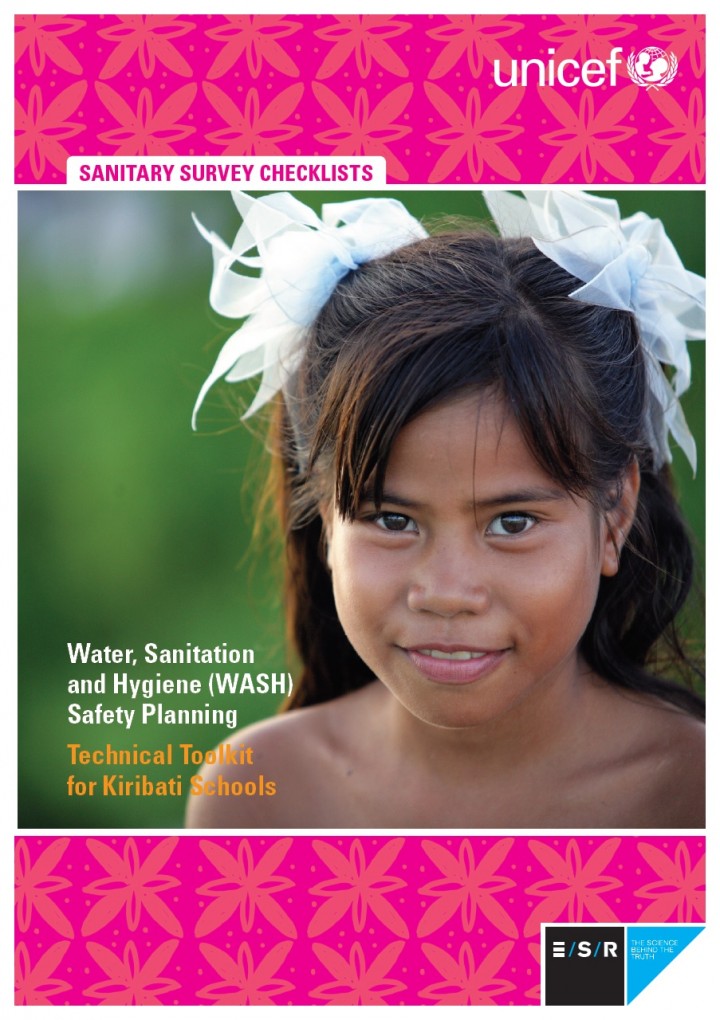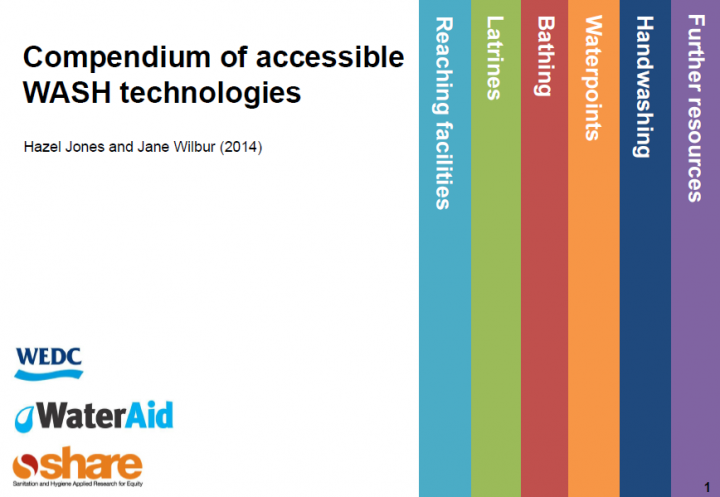Searching for information on Sanitation Workers?
The Sanitation Workers Knowledge + Learning Hub is the best source for all current news, trends, articles and updates on sanitation workers rights around the world.
Contamination of drinking water by microorganisms and arsenic represents a major human health hazard in many parts of the world. An estimated 3.4 million deaths a year are attributable to waterborne diseases. Arsenic poisoning from contaminated water sources is causing a major health emergency in some countries such as Bangladesh where 35 to 77 million people are at risk.
The World Health …
Lighting should be provided for WASH facilities in Humanitarian contexts according to several standards. Evidence for this and the practical budget, operational and management responsibilities are less clear. A three-country research project looking at the impact of lighting on WASH use and Gender-based Violence (GBV) required a multi-disciplinary approach, combining OXFAM’s practical …
Barishal is a fast-growing city, which is 235 km away from the Dhaka city. It is beside the Kirtankhola River and well connected with road and water. It is one of the oldest towns in the sub-continent, established as Pourashava in 1869 and was declared City Corporation in 2002. Barishal is one of the 12 City Corporations in the country.
According to the population census in 2011 by the …
The GSMA Mobile for Development Utilities programme was launched in 2012, with the support of the UK Government, to promote the role of mobile technology in increasing and improving access to basic utility services in underserved communities. This annual report shares our progress over the last 18 months and highlights key insights and trends in the mobile-enabled utility space. The evidence is …
This report presents an overview of practices related to the use of market support and cash and voucher assistance (CVA) modalities for hygiene in humanitarian crises. These market-based approaches can have a number of advantages, such as improving the efficiency and effectiveness of emergency hygiene response while also supporting the existing local market systems that will continue to deliver …
Oxfam and Unilever’s Chief Sustainability Office carried out extensive research on handwashing practice in emergency contexts. We found nurture to be one of the most powerful motivators driving handwashing with soap among mothers. Even during a crisis, mothers continue to nurture their children to ensure they go onward in life and succeed in bringing fruition to their efforts and fulfillment to …
Newly introduced technologies fail for many reasons, including low user adoption, a lack of understanding of the target market, an unsound business model, and more. This resource exists to help technology developers and early adopters plan effective pilot tests that increase a new technology’s chance for success. Drawing from the concept of design thinking, this Playbook is framed by three …
Schools are the heart of a community where children spend half of their day. They play a unique role in creating healthy learning environments. The social norms and habits developed in children will stay with them all their lives. Thus, by providing a healthy learning environment and promoting healthy practices, schools act as an equalizer for all children from varied economic backgrounds.
The …
These guidelines outline a step-by-step process for Red Cross Red Crescent staff and volunteers to plan and implement effective, context appropriate hygiene promotion, without taking shortcuts or delivering ‘hygiene messages’. The guidelines provide National Societies with a standard approach for quality assurance, and an opportunity for more effective training and monitoring.
Utilities can play an important role in reducing and eliminating barriers faced by women. This study presents a first-of-its-kind analysis that aims to heighten understanding of key barriers and bottlenecks that women face in their career in the water sector and identify interventions that water companies can put in place to increase gender diversity in the water workforce. The report draws on …
This document contains three sources of information: a literature review, a set of interviews with key informants, and a set of case studies. The focus of this document is on situations where long-term or chronic problems of inadequate access to safe water/sanitation, coupled with poor hygiene practices, expose people to health risks. It also focuses on situations where a water pollution incident …
Globally, 4.2 billion people do not have access to safe sanitation services, and approximately 3 billion lack basic handwashing facilities. Even in 2021, almost 700 million people still practise open defecation and nearly 400 million children attend schools with no sanitation facilities at all.
The large financing gap has been identified as one of the greatest barriers to achieving the water, …
This SWA Briefing Paper explores actions that can be taken by SWA partners that will improve gender equality in all aspects of their work.
While there has been significant progress over the last few decades, gender inequality continues to be one of the most pervasive human rights violations throughout the world. Despite considerable attention and commitment, including through the SDGs’ …
Sanitation workers provide an essential public service to reach Sustainable Development Goal 6.2, but often at the cost of their dignity, safety, health, and living conditions. A key barrier to providing support for this profession is the insufficient data on sanitation workers and their work environment. As such, the aim of this assessment was to explore opportunities to support sanitation …
As per Sphere India and State Inter Agency Group Bihar Standard Operating Procedures, adapted to address the COVID 19 pandemic scenario prevailing in Bihar, Joint Rapid Needs Assessment (JRNA) were conducted across the highly flood affected three districts of the state; East Champaran, West Champaran and Muzaffarpur through secondary sources, field visits, personal interviews, …
This Sanitary Survey Checklist Guide provides a methodical way to identify the factors or features of the existing school WASH system that contribute to an increased risk to the health of school children and teachers. It should be possible for the school community, with a assistance from the facilitator and possibly a health inspector, to answer the checklist questions and see the weaknesses and …
This compendium presents low-cost technologies to improve the accessibility of household water, sanitation and hygiene (WASH) facilities. It is designed for use by people working directly with communities in rural areas of Sub-Saharan Africa, including health workers and community volunteers.
Most of the ideas are designed to ensure access for disabled and older people, but are suitable for …
WASHaLOT 3.0 is a versatile design of a group handwashing facility that accommodates many users at the same time and a water-saving facility with automatically closing individual water outlets. To support the adaption of the WASHaLOT 3.0, documents are made available to the public to guide in the production process of the WASHaLOT 3.0.
This Field Note describes the development process of designing a Disaster-Resilient Toilet (DRT) which was carried out in the States of Assam and Gujarat in India. Both of these States are affected annually by flooding and cyclones, and they are also both located in earthquake-prone areas. The impact of flooding and cyclones has meant that existing toilets are damaged, often beyond repair, as the …
The 32nd SuSanA meeting - the third time online - took place on 22nd August 2022. It was organised by the SuSana Secretariat with support and contributions from SuSanA Partners, Members, Working Groups, Regional Chapters and many more.
This entry is the collection point of the different resources from the SuSanA Meeting, including recordings, presentations and program overview.
We once …
A Water Safety Plan (WSP) is a preventive management approach used to assess and manage threats to a drinking water system— from catchment to consumer.It helps in the
• Management of activities in the watershed to control contamination of source water.
• Removal or inactivation of contaminants during treatment.
• Prevention of recontamination during distribution, storage, and …

